German precision: the ’Mbrace’ rocking chair by Sebastian Herkner for Dedon

A focus on detail and a deep respect for traditional craft drives the work of the young German designer Sebastian Herkner. His most recent project, a bold interpretation of wingback, lounger and rocker chairs – including an optional footstool – for hand-woven outdoor furniture specialist Dedon, embodies these key design principles with an intriguing transparent triaxial weave and distinctive cocoon-like forms.
The sculptural designs expand upon Dedon’s signature low-slung sleek style and classic neutral palette, adding a fresh touch of colour in pepper, Atlantic blue and spice red. A base of simple teak legs also mark the first time Dedon has incorporated timber within a product.
The designer says he usually retreats to the solitude of his Frankfurt home to jumpstart the initial design process, hand-sketching concepts in colour: ‘It is a very personal process and I need my silence.’ With the concept established, he returns to his studio where the sketches are translated into 1:10 scale cardboard models ‘to help develop shape’, followed by a larger model in wood and cardboard to help refine the internal frame. ‘Computer technology is useful but a model really helps to get as close as possible to check measurements,’ he explains.
The innovative double-layered moiré weave seen in 'Mbrace' was inspired by textiles, to create the sort of openness seen in Henry Moore’s sculptures that the designer says ‘allows the sculpture to connect with the outside’. The team turned to digital programming to experiment with its complex colours and patterns before prototypes were created by hand at Dedon’s Cebu workshop. ‘The technical production of the fibres by an extrusion machine is fascinating but it is the craft side that makes it a sensual product,’ Herkner explains. ‘It’s an interesting collaboration between German engineering with Filipino craftsmanship.’
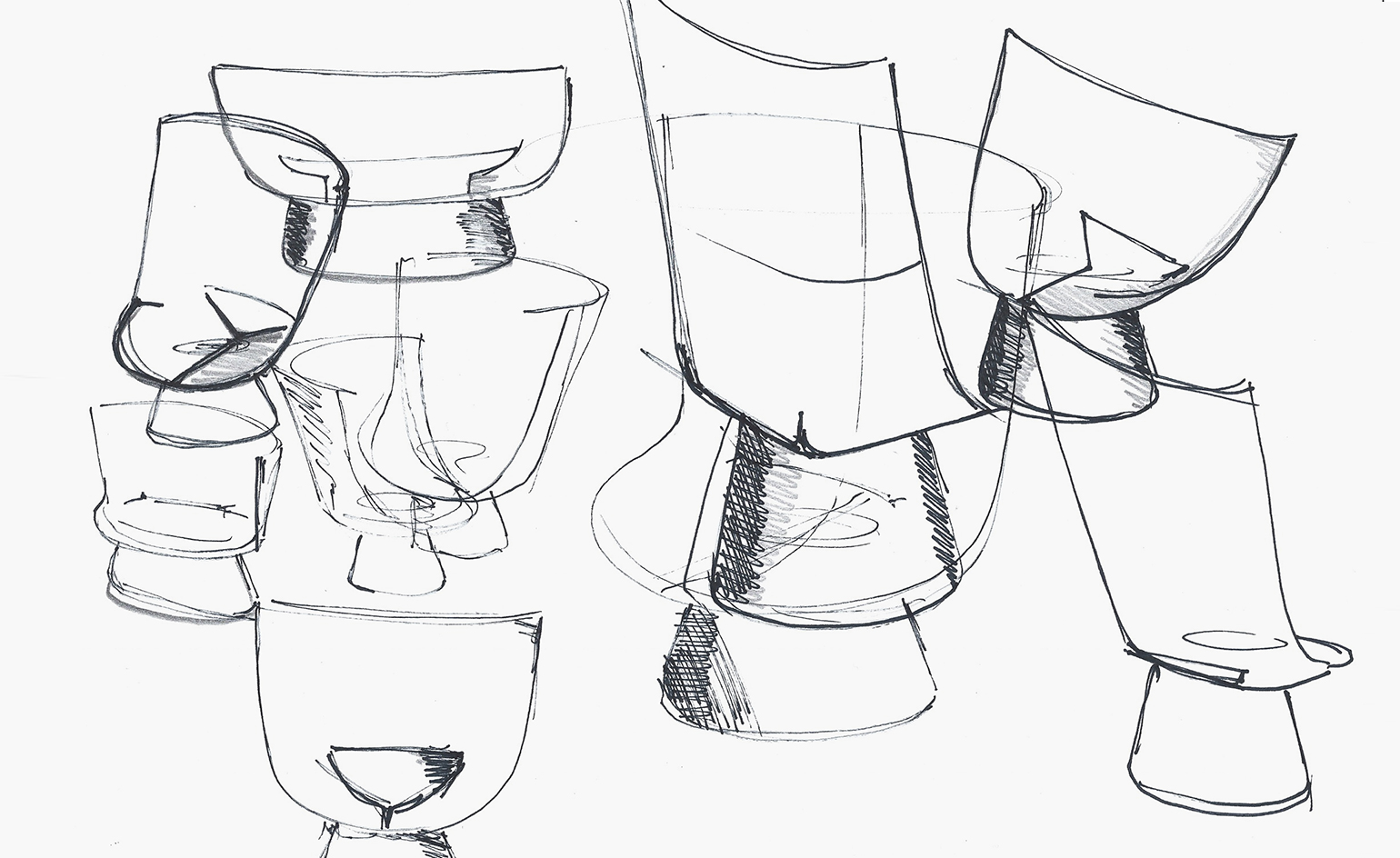
Herkner explains, ‘My focus on detail comes from my time working at Stella McCartney. She worked at another scale examining every stitch and every detail...’
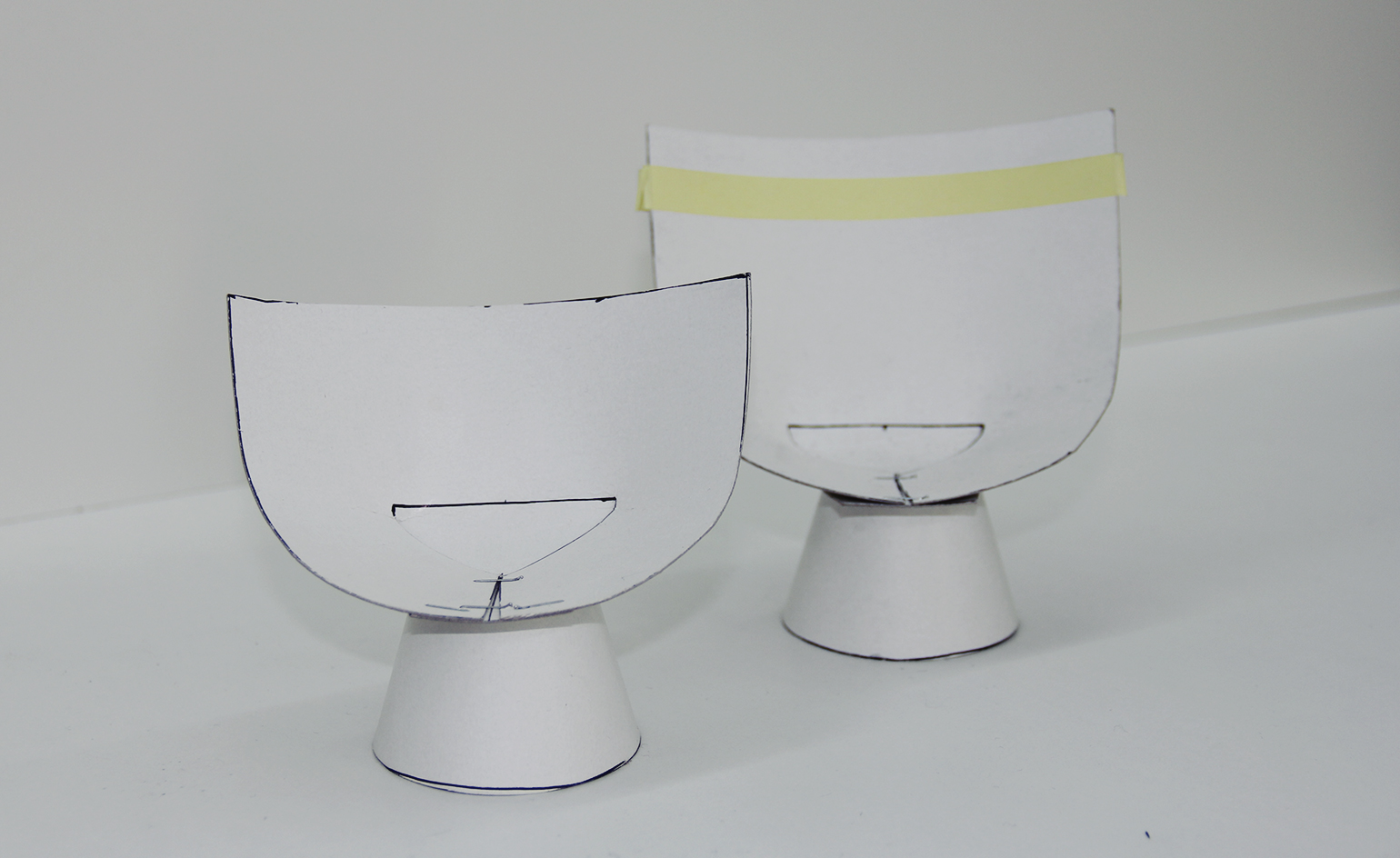
’...I learned that one thread could be made up of five or six different colours that you only see when you look closely. That is why the detail is so important,’ explains Herkner. Pictured: a paper model of his designs
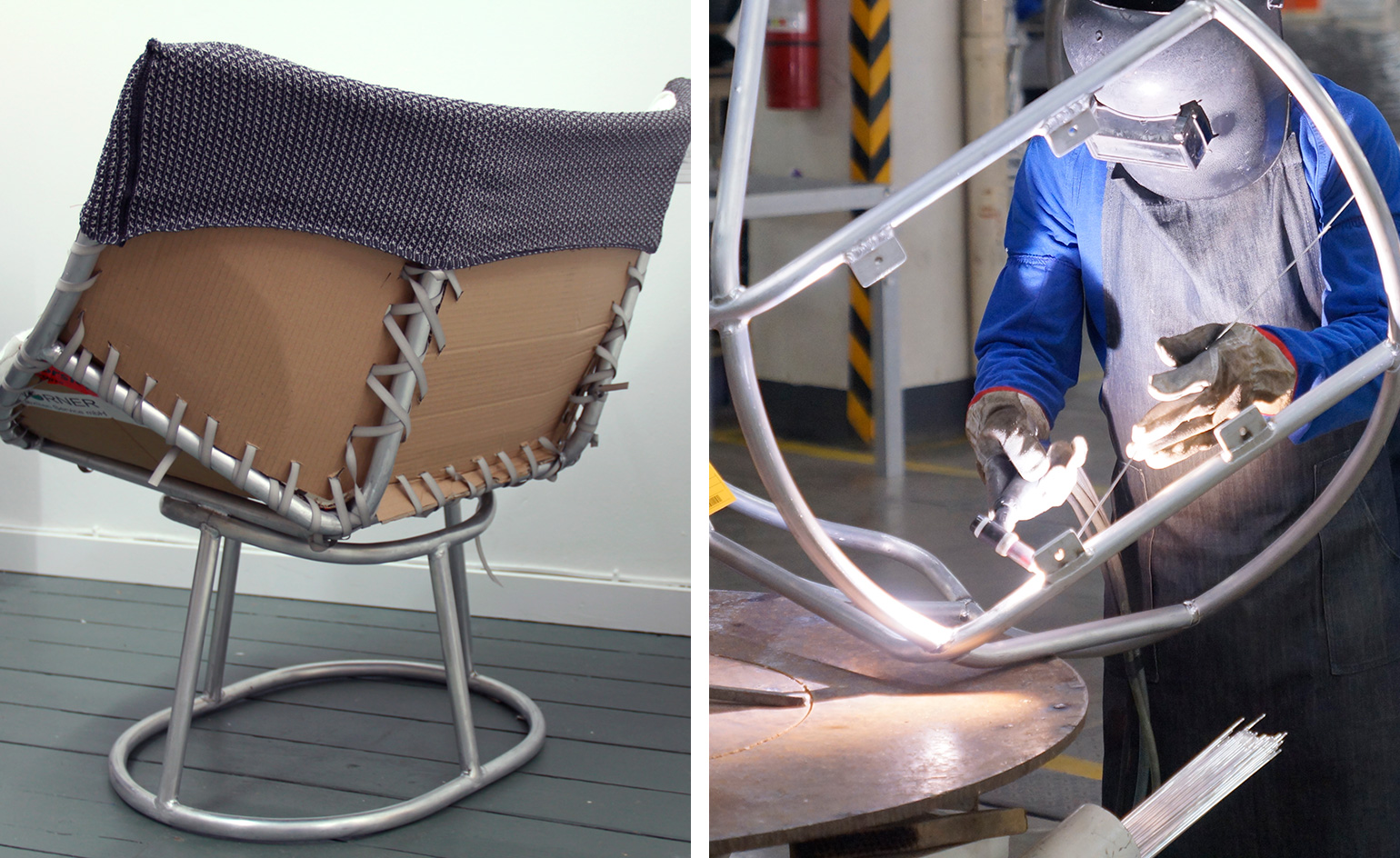
With the concept established, Herkner returned to his studio where sketches were translated into 1:10 scale cardboard models ‘to help develop shape’, followed by a larger model in wood and cardboard (pictured) to help refine the internal frame
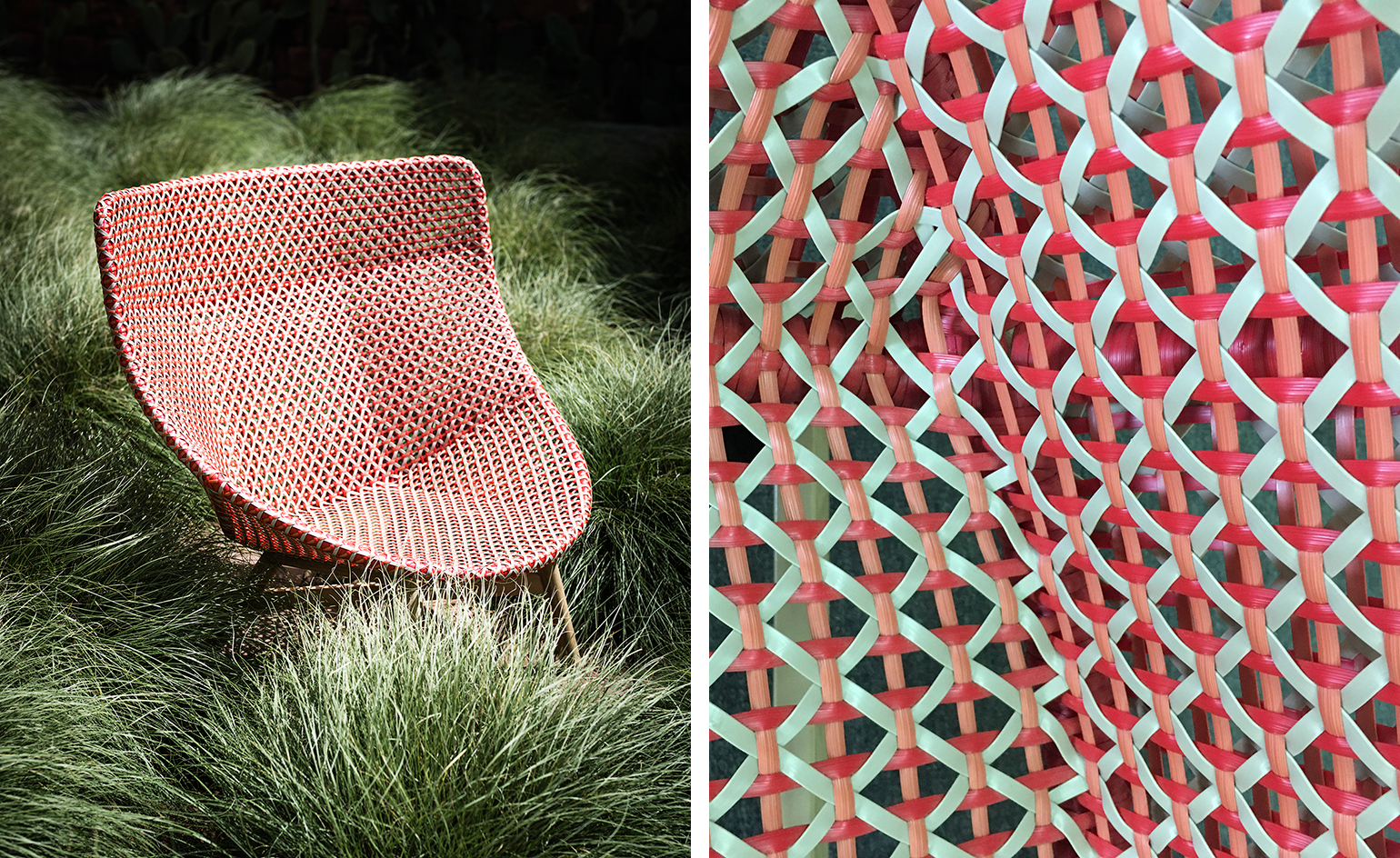
Working in close collaboration with world-renowned colourist Giulio Ridolfo, Herkner and Dedon developed three unique colorways for the collection – spice, pepper and Atlantic blue
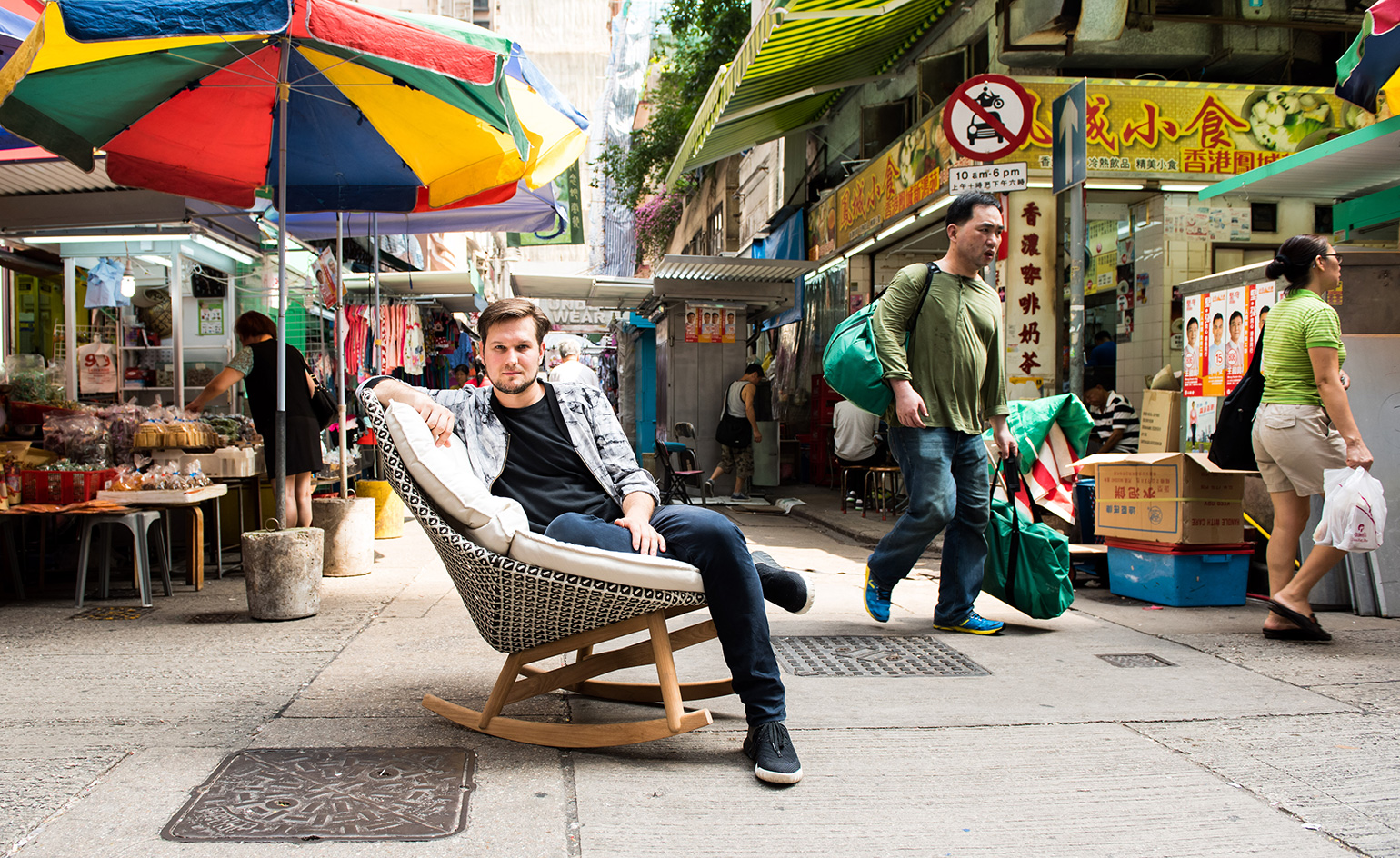
Herkner poses with his design
INFORMATION
For more information, visit Sebastian Herkner’s website
Wallpaper* Newsletter
Receive our daily digest of inspiration, escapism and design stories from around the world direct to your inbox.
Catherine Shaw is a writer, editor and consultant specialising in architecture and design. She has written and contributed to over ten books, including award-winning monographs on art collector and designer Alan Chan, and on architect William Lim's Asian design philosophy. She has also authored books on architect André Fu, on Turkish interior designer Zeynep Fadıllıoğlu, and on Beijing-based OPEN Architecture's most significant cultural projects across China.
-
 Seven things not to miss on your sunny escape to Palm Springs
Seven things not to miss on your sunny escape to Palm SpringsIt’s a prime time for Angelenos, and others, to head out to Palm Springs; here’s where to have fun on your getaway
By Carole Dixon
-
 Microsoft vs Google: where is the battle for the ultimate AI assistant taking us?
Microsoft vs Google: where is the battle for the ultimate AI assistant taking us?Tech editor Jonathan Bell reflects on Microsoft’s Copilot, Google’s Gemini, plus the state of the art in SEO, wayward algorithms, video generation and the never-ending quest for the definition of ‘good content’
By Jonathan Bell
-
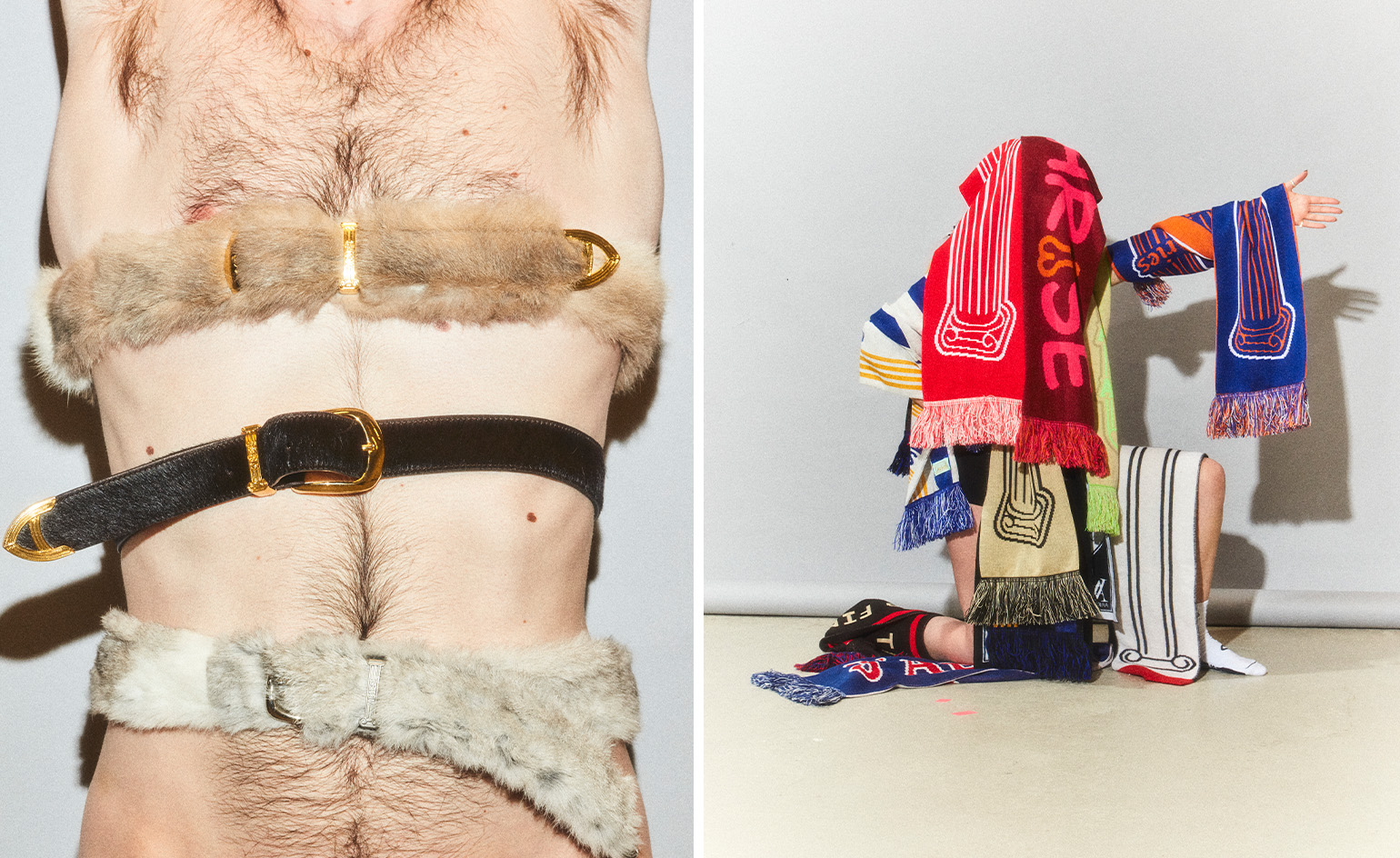 ‘Independence, community, legacy’: inside a new book documenting the history of cult British streetwear label Aries
‘Independence, community, legacy’: inside a new book documenting the history of cult British streetwear label AriesRizzoli’s ‘Aries Arise Archive’ documents the last ten years of the ‘independent, rebellious’ London-based label. Founder Sofia Prantera tells Wallpaper* the story behind the project
By Jack Moss
-
 Tobias Grau’s illuminating solution to home workspace lighting
Tobias Grau’s illuminating solution to home workspace lightingThe German lighting experts launch ‘Team’, a new system featuring innovative technology and a minimal, human-centred design by creative directors Timon and Melchior Grau
By Rosa Bertoli
-
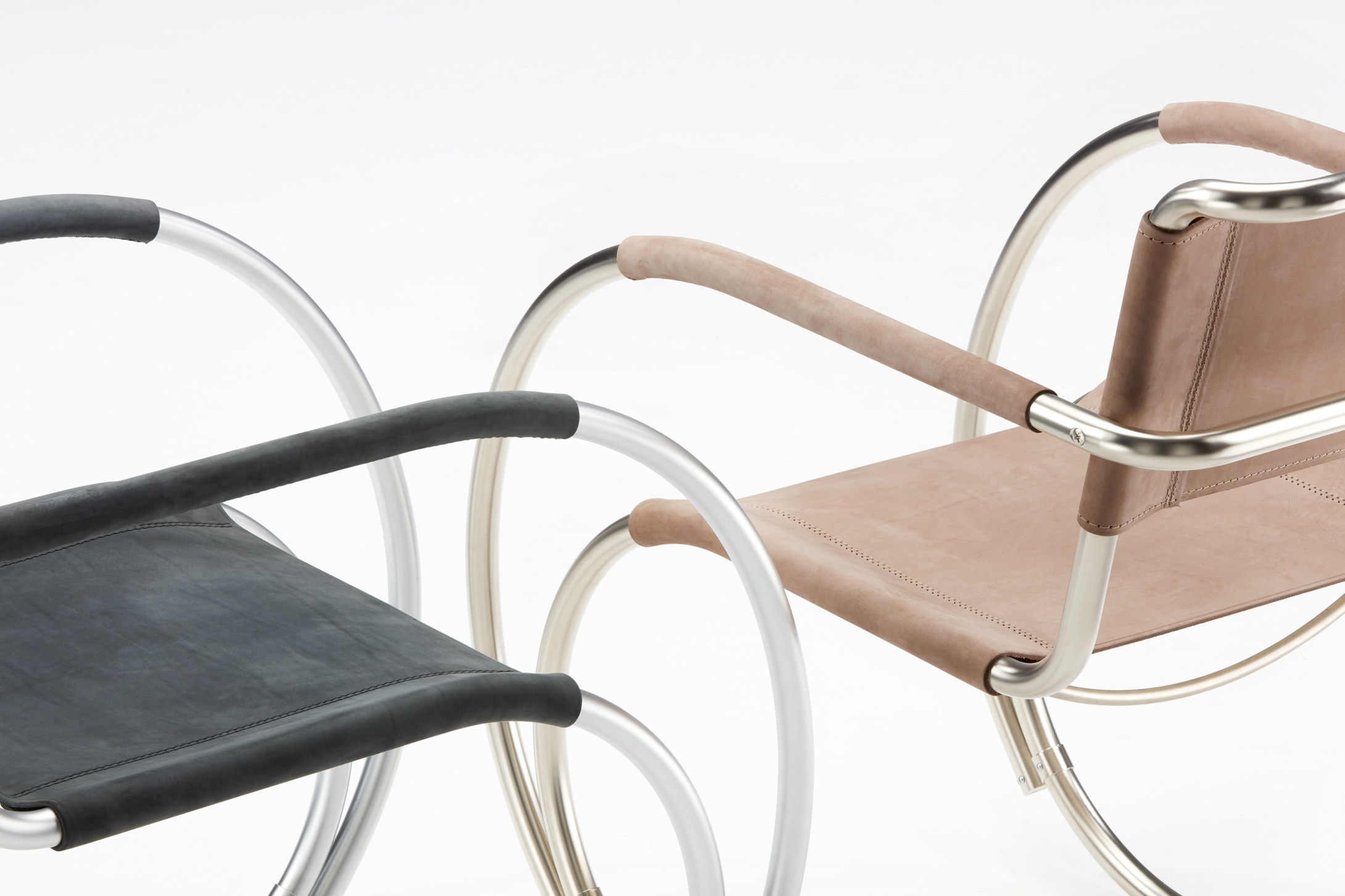 Thonet’s limited-edition chair by Studio Besau Marguerre celebrates 100 years of Bauhaus
Thonet’s limited-edition chair by Studio Besau Marguerre celebrates 100 years of BauhausBy Harriet Thorpe
-
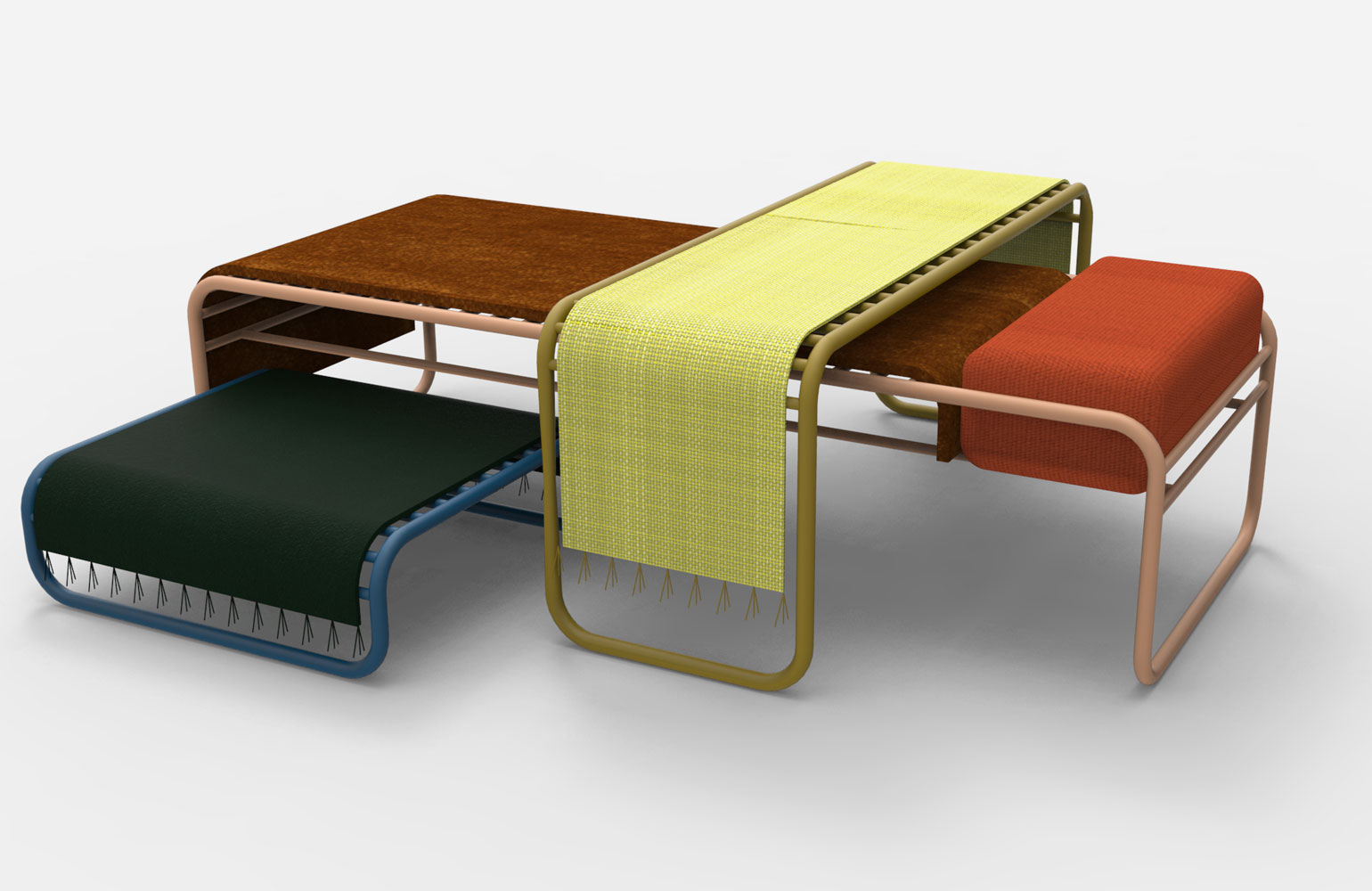 Hit list: 5 launches at IMM Cologne to look out for
Hit list: 5 launches at IMM Cologne to look out forKicking off the calendar year of monumental design fairs is IMM Cologne (15-21 January). The German city’s annual event is entering its 69th year, with a host of product releases and inspiring installations from a roster of global players. From ethereal Australian lighting to Danish woven modular benches, here are the new launches we are most looking forward to...
By Sujata Burman
-
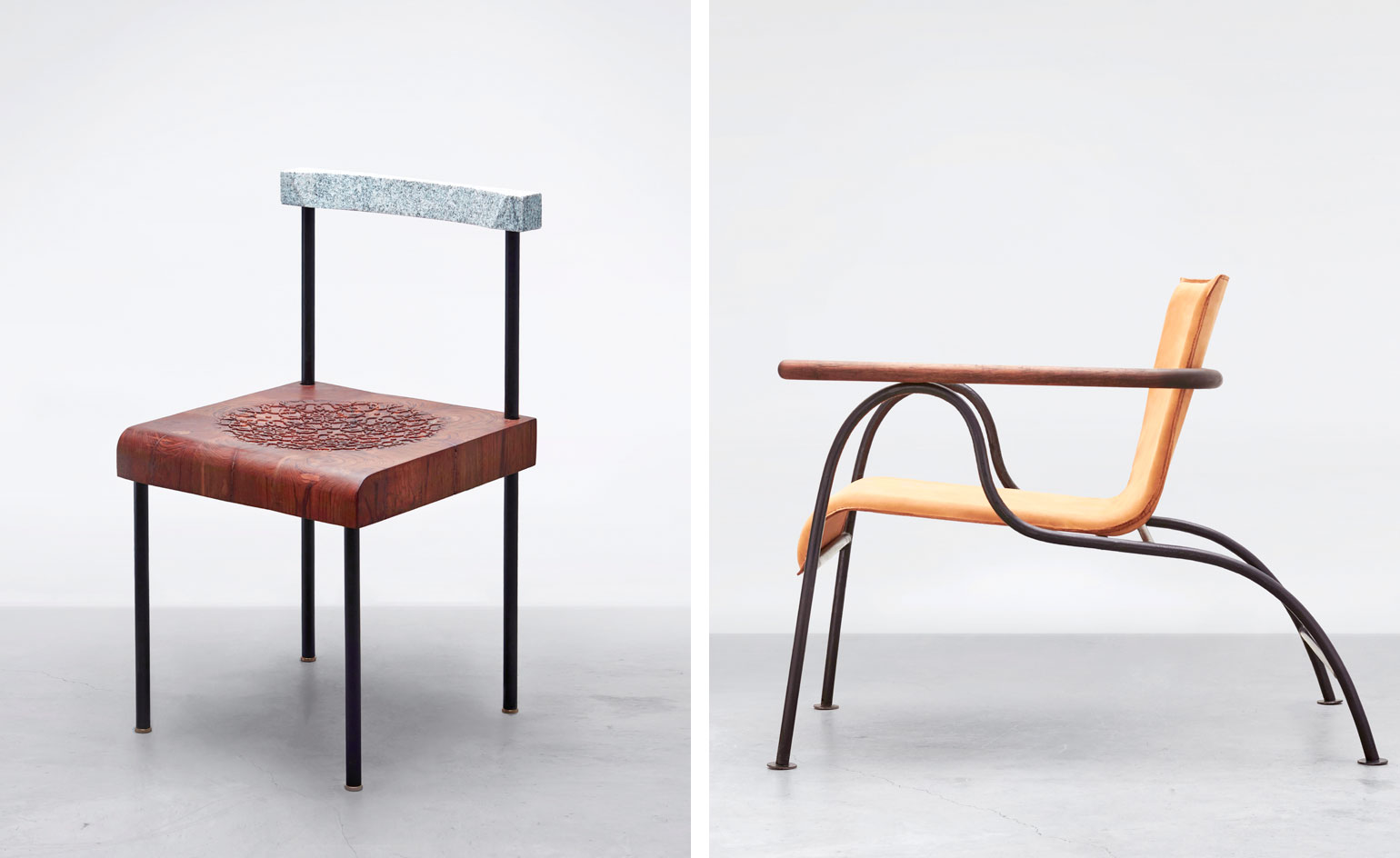 Indian tradition marries German rigour in a new cross cultural furniture collection
Indian tradition marries German rigour in a new cross cultural furniture collectionBy Tom Howells
-
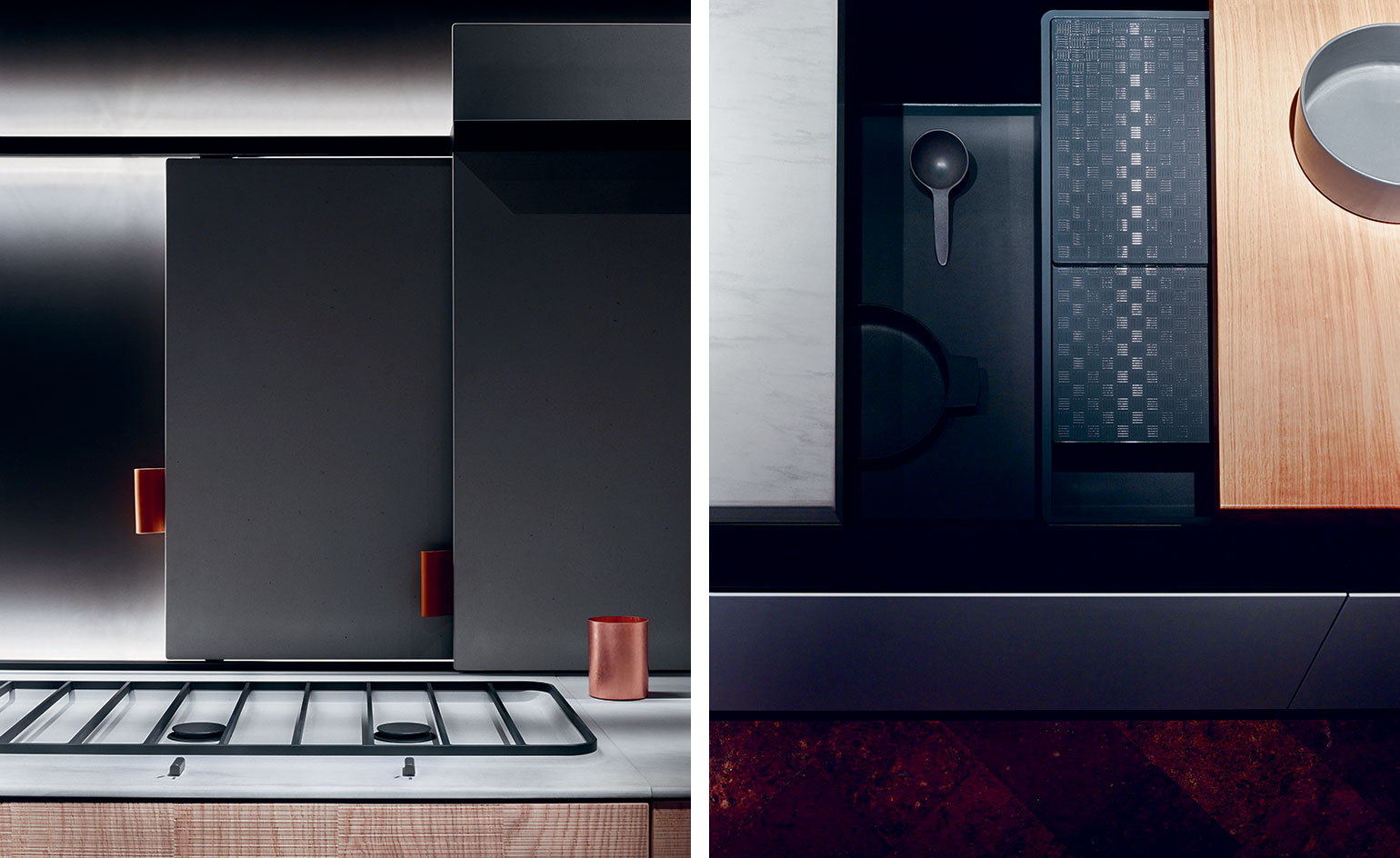 Slide lines: Bulthaup’s new kitchen offers a movable feast
Slide lines: Bulthaup’s new kitchen offers a movable feastBy Paul McCann
-
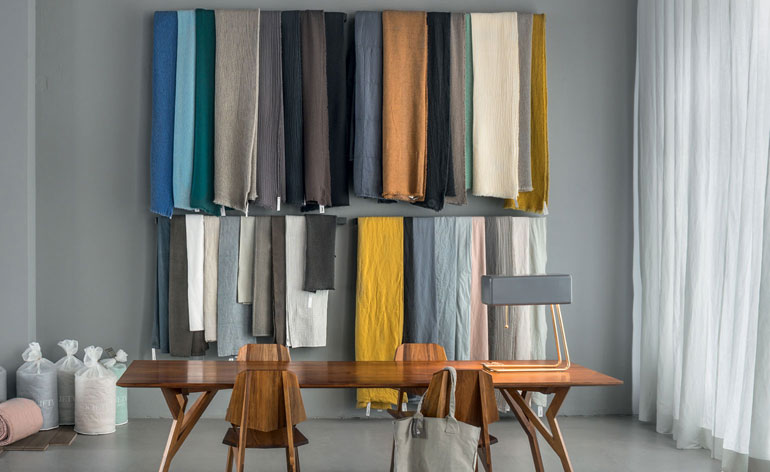 Floor show: Andreas Murkudis’ new Berlin store is dedicated to design and furniture
Floor show: Andreas Murkudis’ new Berlin store is dedicated to design and furnitureBy Nils Binnberg
-
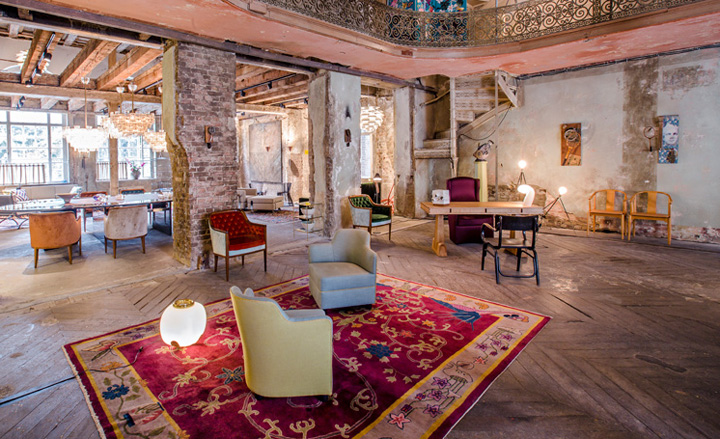 An art and design exhibition transforms an architectural ruin in Berlin
An art and design exhibition transforms an architectural ruin in BerlinBy Melanie Sevcenko
-
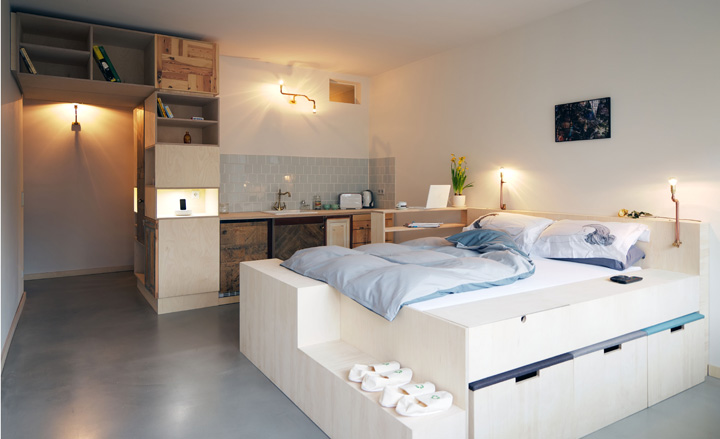 Plus One Berlin: stay, meet a local, be a Berliner
Plus One Berlin: stay, meet a local, be a BerlinerBy Lauren Ho